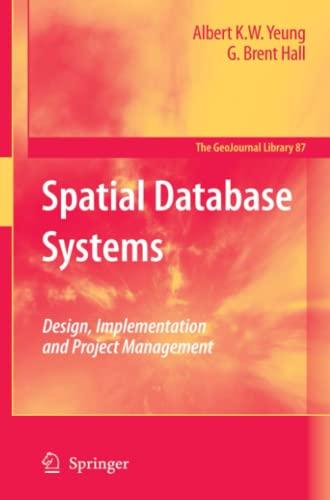Answered step by step
Verified Expert Solution
Question
1 Approved Answer
Exercise taken from Paul L DeVries - A first course in computational physics ( 1 9 8 4 ) . Please create a . f
Exercise taken from Paul L DeVries A first course in computational physics Please create a f program that solve this problem.
EXERCISE
One of the standard problems of firstyear physics is onedimensional projectile motion but contrary to standard practice, let's include air resistance to see how large an effect it is The time rate of change of the momentum is
where is the mass of the object, is the acceleration due to gravity, and is a drag coefficient. For a particular sphere of mass the drag coefficient was determined to be Letting use the fourthorder RungeKutta method to find the velocity of the sphere released from rest as a function of time for seconds. Choose a step size ensure significantdigit accuracy. Compare your calculation the zero order approximation, the analytic solution obtained ignoring air resistance.

Step by Step Solution
There are 3 Steps involved in it
Step: 1

Get Instant Access to Expert-Tailored Solutions
See step-by-step solutions with expert insights and AI powered tools for academic success
Step: 2

Step: 3

Ace Your Homework with AI
Get the answers you need in no time with our AI-driven, step-by-step assistance
Get Started


